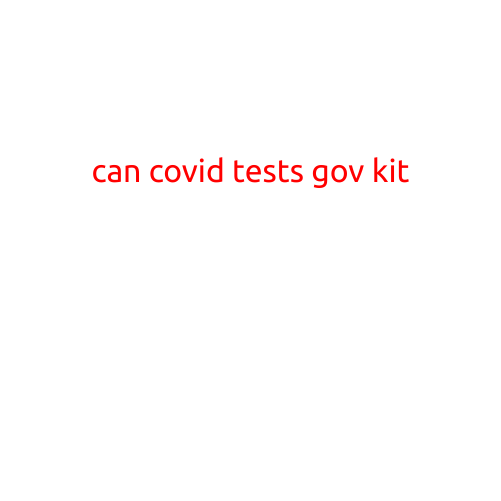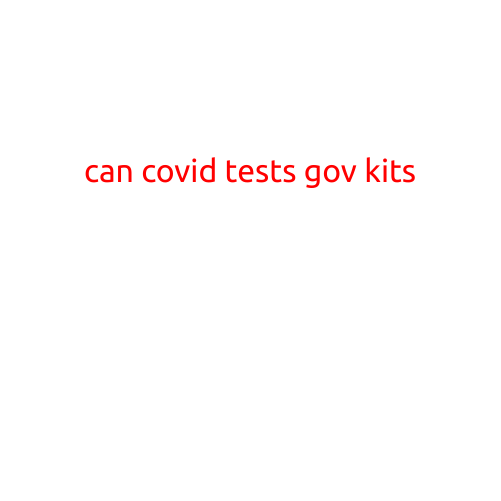
Can COVID Tests Go Wrong?
The COVID-19 pandemic has brought about a widespread use of COVID tests, which are an essential tool in diagnosing and controlling the spread of the virus. However, like any medical test, COVID tests are not perfect and can sometimes produce inaccurate results. In this article, we’ll explore the possibility of COVID tests going wrong and what factors can contribute to these errors.
Why Do COVID Tests Go Wrong?
There are several reasons why COVID tests may produce inaccurate results. Here are some of the most common factors:
- Lab Errors: Lab technicians may make mistakes when collecting or handling samples, which can lead to false positive or false negative results.
- Sample Contamination: Corrupted samples can occur when the collection process is not properly sterilized, leading to inaccurate results.
- Test Sensitivity and Specificity: The sensitivity and specificity of the test itself can impact its accuracy. Some tests may be more prone to false negatives or false positives than others.
- Patient Factors: Certain patient factors, such as respiratory conditions or previous infections, can affect the accuracy of the test.
- Test Technology: The technology used in COVID tests can also impact their accuracy. For example, some tests may rely on older technology that is more prone to errors.
Common Types of Errors
COVID tests can produce a range of errors, including:
- False Positives: This occurs when a person tests positive for COVID-19 when they are actually not infected.
- False Negatives: This occurs when a person tests negative for COVID-19 when they are actually infected.
- Inconclusive Results: This occurs when the test produces unclear or ambiguous results, requiring re-testing or further analysis.
What Can Be Done to Prevent Errors?
To minimize the risk of errors, healthcare providers and laboratories can take several steps:
- Use High-Quality Tests: Use tests that have been approved by regulatory agencies and have a high level of sensitivity and specificity.
- Follow Proper Testing Protocols: Ensure that testing protocols are followed correctly, including proper sample collection and handling procedures.
- Monitor Test Results: Regularly monitor test results for accuracy and identify any errors or inconsistencies.
- Communicate Clearly: Clearly communicate test results and any potential errors or inconsistencies to patients and healthcare providers.
Conclusion
While COVID tests are an essential tool in controlling the spread of the virus, they are not perfect and can sometimes produce inaccurate results. By understanding the factors that can contribute to errors and taking steps to prevent them, healthcare providers and laboratories can help ensure that COVID tests are as accurate as possible. If you have any concerns about your COVID test results or experience any errors, it’s crucial to reach out to your healthcare provider for further guidance and support.





